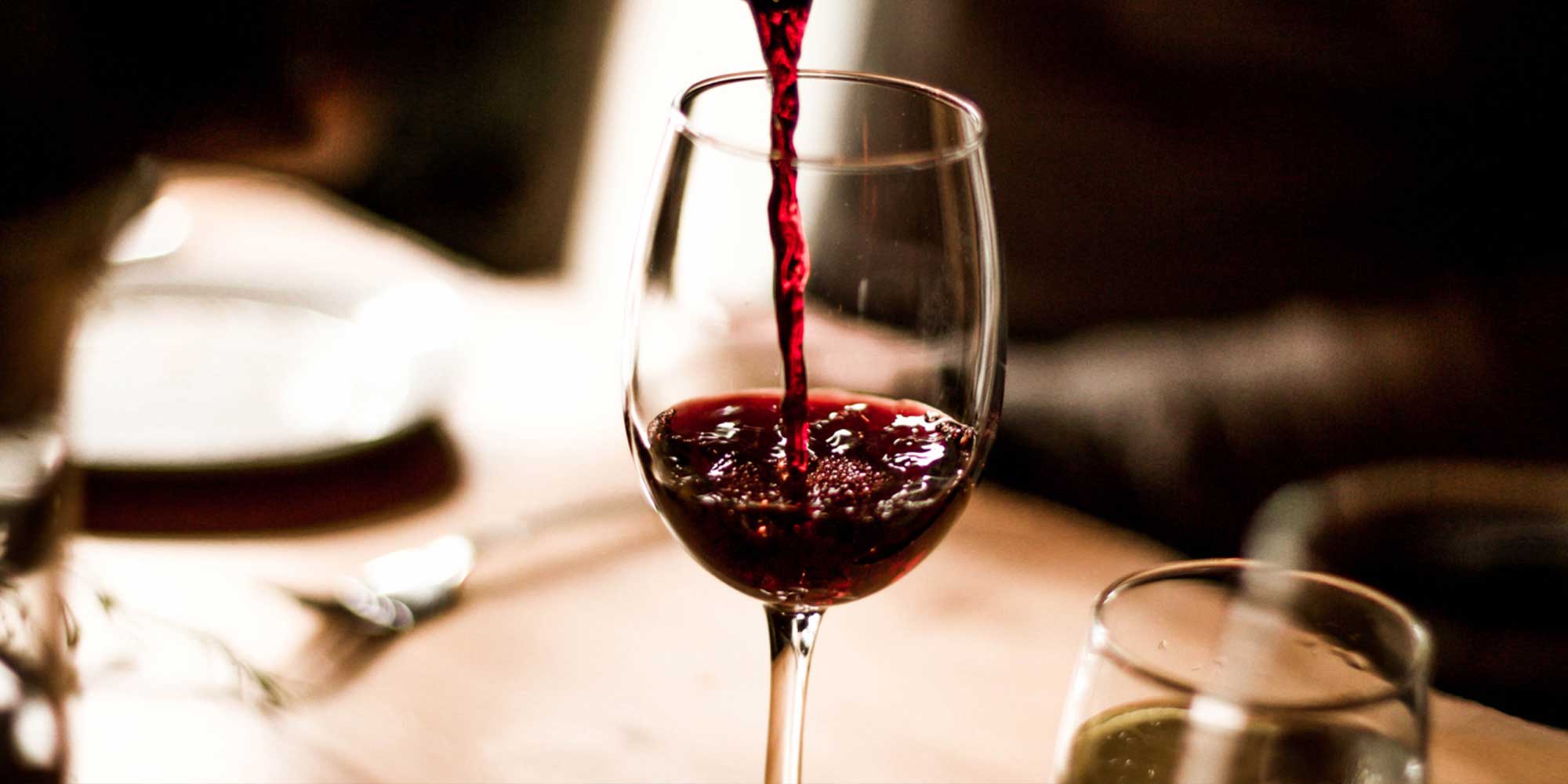The key to picking a quality bottle of wine.
We’ve all been there. You walk into the liquor store wanting to pick up a special bottle for an occasion. You look around at the countless rows of options – different countries, labels in different languages, different grapes … different price points. You want to try something new, get something special … but you feel like you are taking a gamble.
Shopping for a special bottle doesn’t have to be a gamble. Using this quick strategy, it can be easy to identify a high quality bottle of wine from a generic one.
High quality wines are produced from low-yielding vines. This means that the grapes being picked need to be concentrated in their juices, and not bloated with excess water. A great wine is one that is balanced, and offers up an array of complex flavours in the glass. It is not diluted. If you can’t pick out more than one or two flavours, you are probably not drinking a very high quality wine. While not always true, chances are high that if a large producer is sourcing their grapes from here there and everywhere, wine quality suffers.
Generally speaking, the smaller the geographical area that the grapes in your glass came from, the more regulation and attention to detail were probably paid in the production of the wine.
Be wary of wines that simply state they are from a large area such as “California.” Instead look for bottles that label themselves with a specific regulated region – like Lodi, California. Better yet, look for wines that have the name of the vineyard site from which the grapes were harvested. This is a sure sign that extra pride was taken in identifying a group of vines with a special quality for producing a unique flavour profile.
In European Union countries this method of labelling is standard practice, and directly equates to the quality level of the wine. Known as appellation wine law, and a cru system, higher quality wines are identified based on the sites at which their grapes were grown. It is so integral, in fact, that it is why grape varieties are often not listed on a French wine label! Strict laws dictate that only specific grapes may be grown on specific sites, under specific conditions. While this may sound limiting, it is actually a benefit to the consumer. When you buy a bottle of French wine, you know EXACTLY what you are getting, just by reading the label! That is, if you can decipher it.
An example of this hierarchy in Burgundy goes as follows: Grand Cru, to Premier Cru, down to Village Wine, down to generic Bourgogne.
So next time you are browsing the aisles, stop and take a good read. If you are in a boutique store, ask for help! You will have more luck in finding something complex and special, and the staff are friendly and knowledgeable enough to help you decipher those foreign bottles.
Kathryn Zondag is a certified sommelier, and holder of the advanced certificate in wine and spirits from the Wine & Spirit Education Trust (WSET) in London, England.





